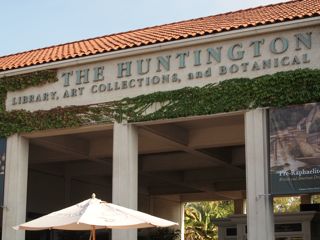
The Botanical Gardens are my favorite part of the Huntington, a couple of miles south on Allen from the 210 just east of Pasadena.
| 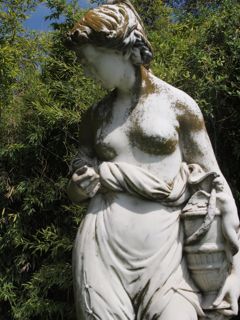
-
| 
-
|
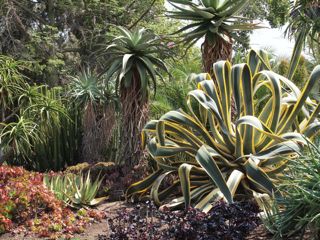
-
| 
-
| 
-
|
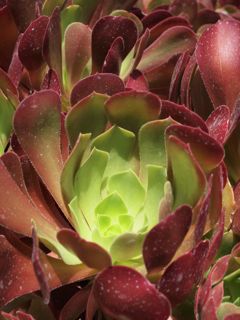
-
| 
-
| 
-
|
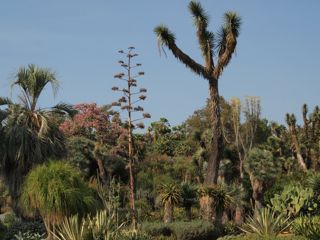
-
| 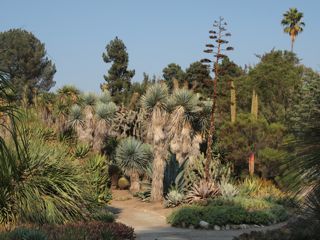
-
| 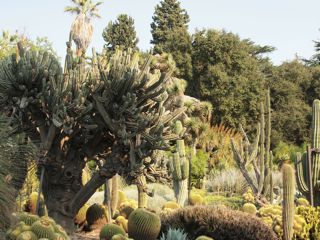
-
|
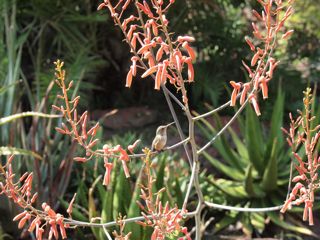
The hummingbirds were competing for the Aloe juvenna (native to East Africa) nectar.
| 
-
| 
Cyphosiemma juttae (Vitaceae) is native to SW Africa.
|

-
| 
Aloe suzzanae (Liliaceae; SW Madagascar)
| 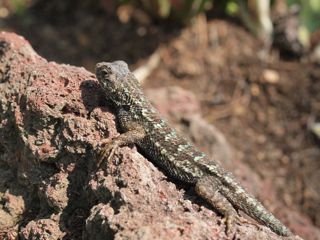
This western fence lizard (Sceloporus occidentalis) was apparently preying on the flies or ants attracted to the starfish flowers.
|

Starfish flowers are produced by succulent plants (Stapelia spp.) native to South Africa that superficially resemble cacti, but are not closely related. They are an asterid belong to Apocynaceae.
| 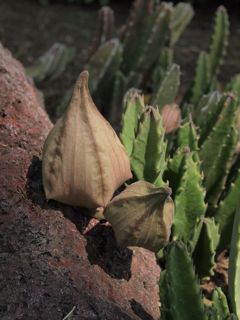
-
| 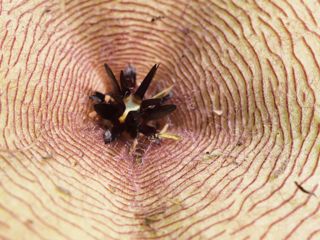
-
|

The about 40 species of Stapelia mostly have hairy starfish or carrion flowers that smell like rotting meat,
attracting blow flies (Calliphoridae) in their native habitat. The flies serve to pollinate the plant and are so fooled by the deception that they often lay eggs
around the flowers. (see Wikipedia)
| 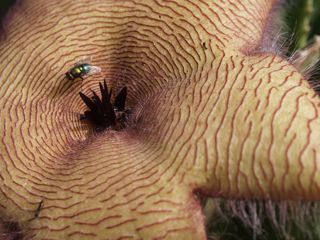
-
| 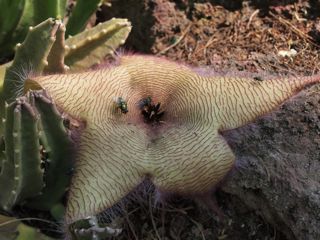
-
|

-
| 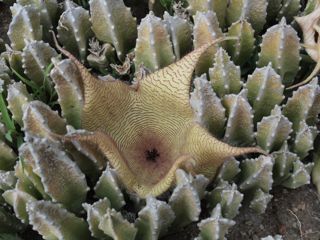
-
| 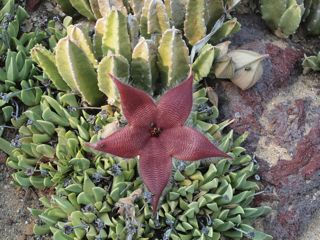
-
|

-
| 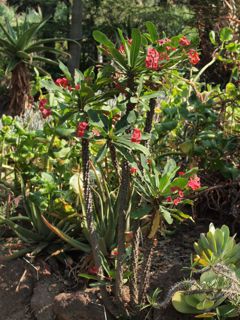
Hybrid of Euphorbia millii x E. lophogona
| 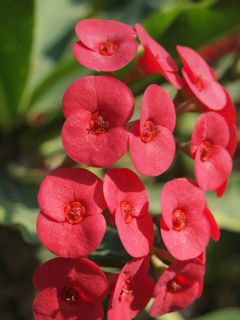
Euphorbias look superficially like cacti but their flowers look very different.
|
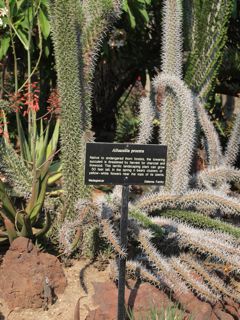
-
| 
Euphorbia resinifera (Euphorbiaceae; Morocco)
| 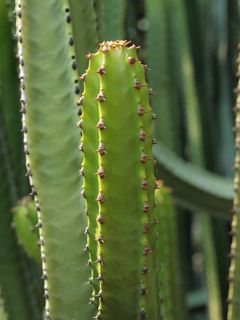
Euphorbia canariensis (Canary Islands)
|

E. canariensis
| 
One of the largest known elephant's foot (Dioscorea elephantipes specimens, which has been growing here
for 80 years. Its huge swollen stem, called a caudex, is covered with corky plate-like bark and stores food and water during droughts.
| 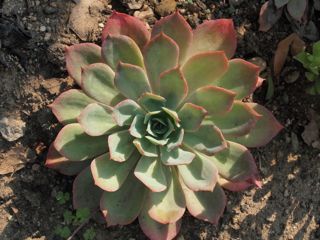
-
|
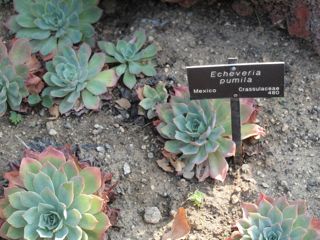
-
| 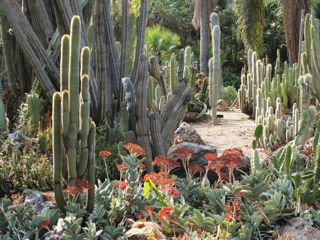
-
| 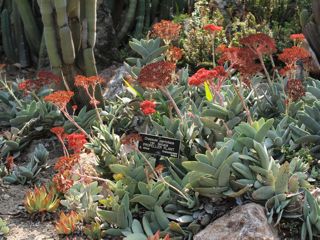
-
|
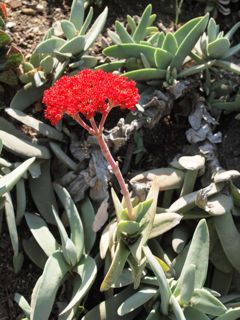
-
| 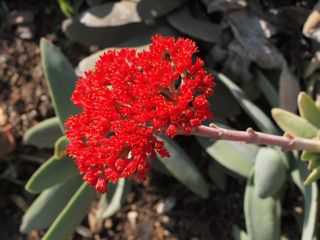
-
| 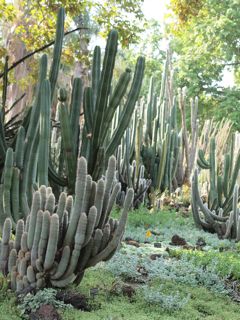
-
|
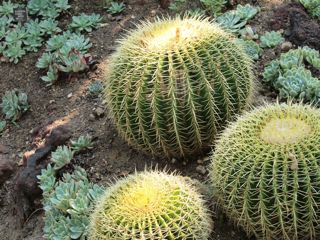
-
| 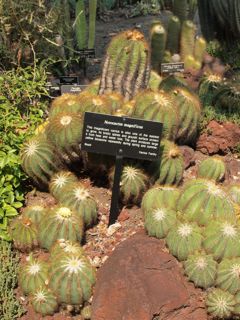
-
| 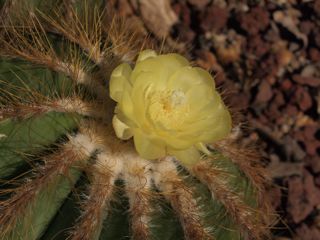
Notocactus magnificus (Brazil)
|
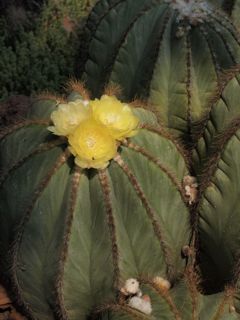
-
| 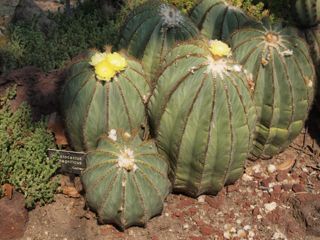
-
| 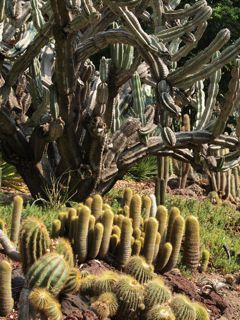
Foreground: Notocactus claviceps
|
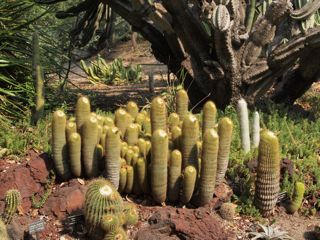
-
| 
woolly torch (Cleistocactus strausii; Cactaceae, native to Bolivia)
| 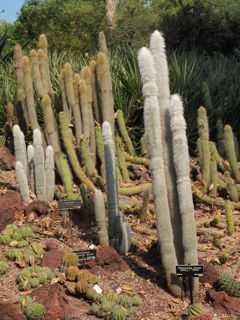
-
|
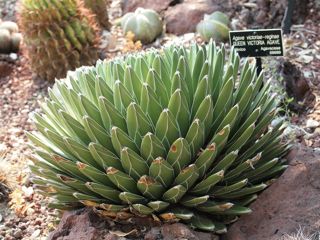
-
| 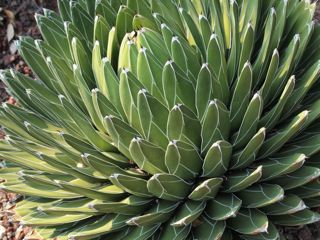
-
| 
-
|
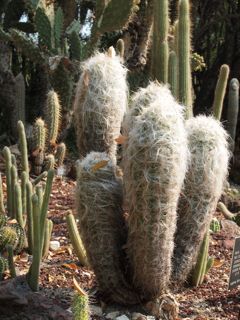
-
| 
Mammillaria rhodantha - see below for an impressive diversity of this genus on display at the Huntington, mostly from Mexico
| 
-
|

The large cacti are golden barrel cacti (Echinocactus grusonii), a well
known cactus native to central Mexico, from San Luis Potosi to Hidalgo. An amusing alternative name for it is mother-in'law's cushion.
| 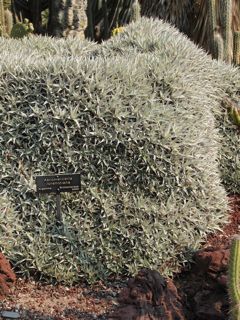
-
| 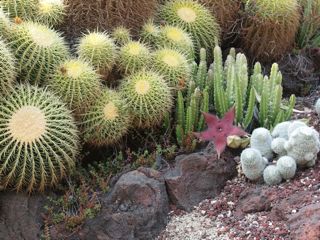
-
|
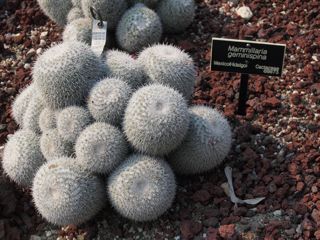
-
| 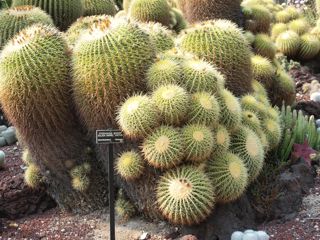
-
| 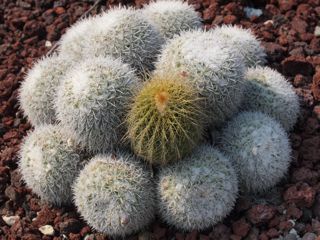
Mixed company: This golden barrel cactus has settled and grown among a cluster of Mammillaria geminispina, and
one can guess the eventual outcome.
|
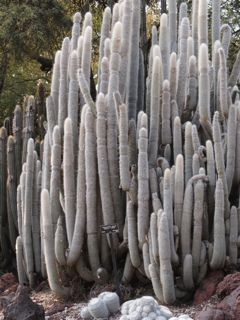
wooly torch cactus
| 
perhaps a relative of ocotillo (Fonquieria splendeus)
| 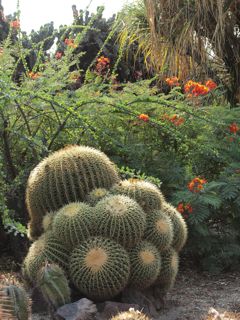
-
|
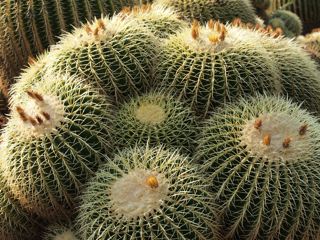
-
| 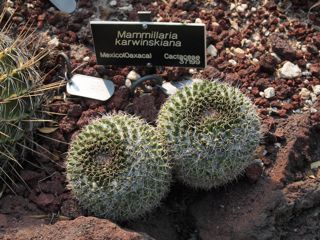
-
| 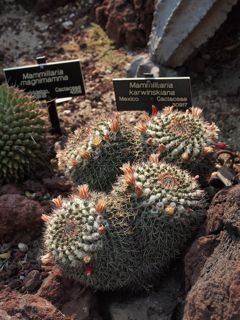
-
|

-
| 
-
| 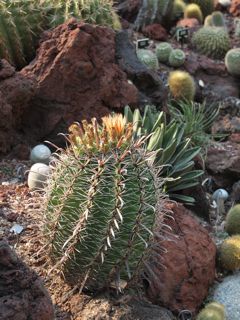
Ferocactus cylindraceus
|
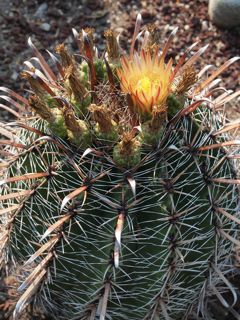
-
| 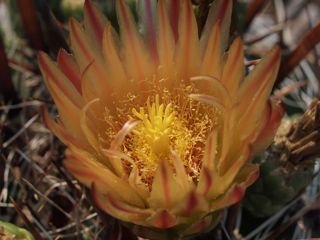
-
| 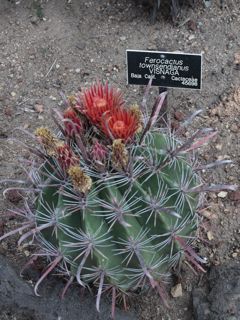
-
|
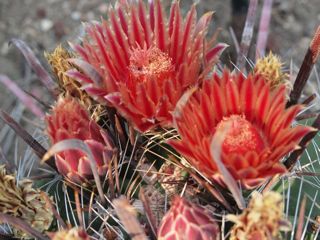
-
| 
-
| 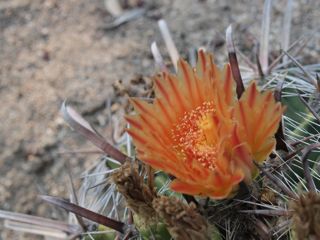
-
|
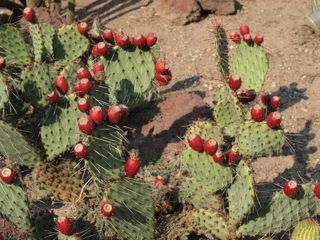
prickly pear, nopales, or paddle cactus (Opuntia spp.)
| 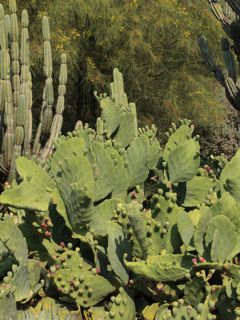
-
| 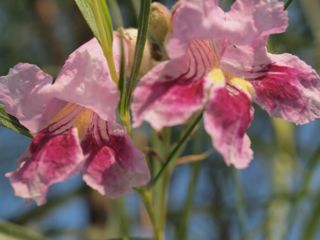
-
|
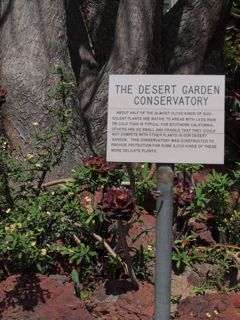
-
| 
-
| 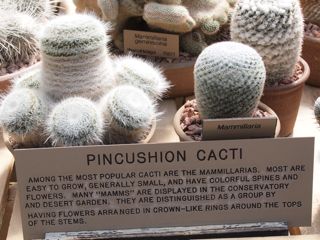
I photographed most of the many displayed Mammillaria spp. in the conservatory, mostly from Mexico. The diversity
is a bit overwhelming but impressive.
|

-
| 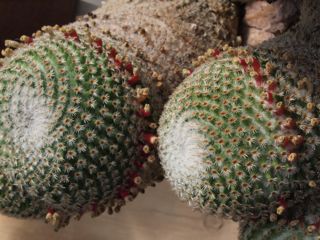
-
| 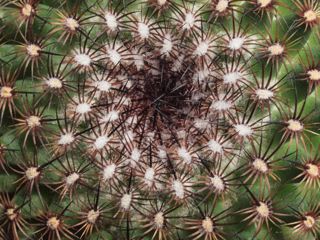
-
|
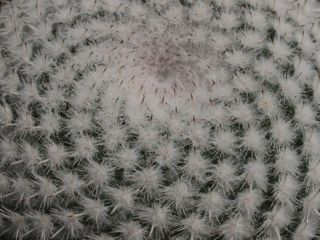
-
| 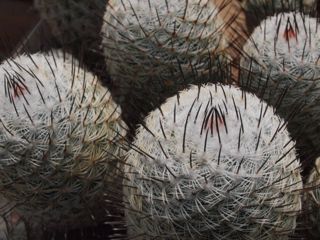
-
| 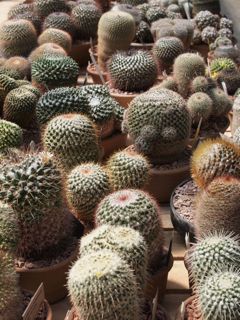
-
|
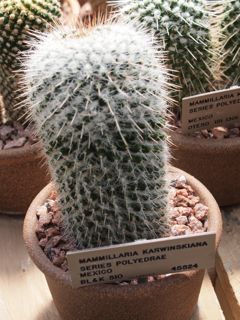
-
| 
-
| 
-
|
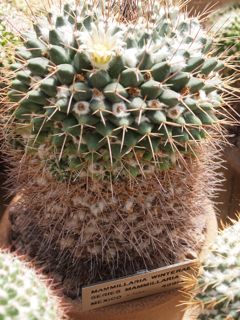
-
| 
-
| 
-
|
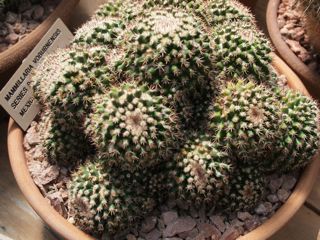
-
| 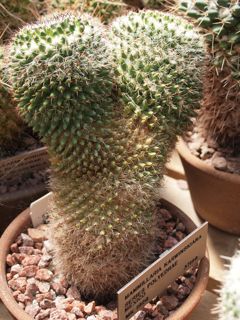
-
| 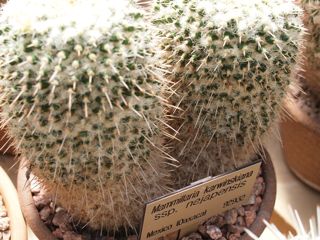
-
|

-
| 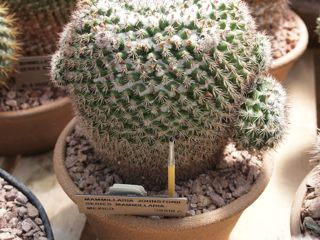
-
| 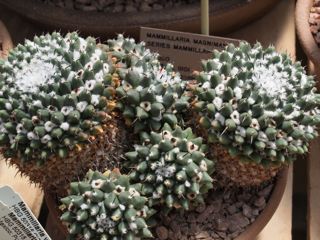
-
|
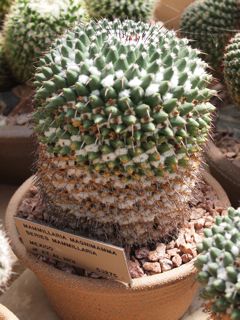
-
| 
-
| 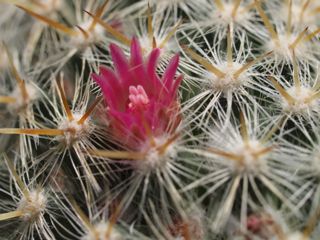
-
|
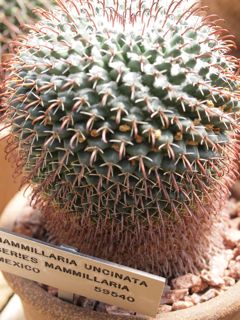
-
| 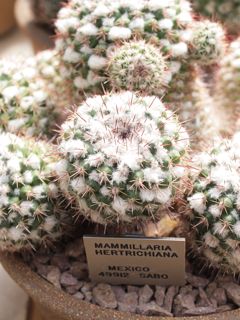
-
| 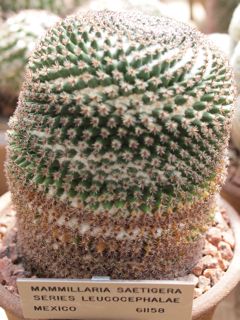
-
|
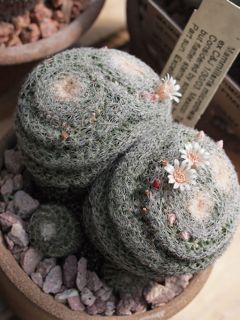
-
| 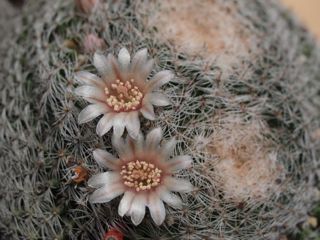
-
| 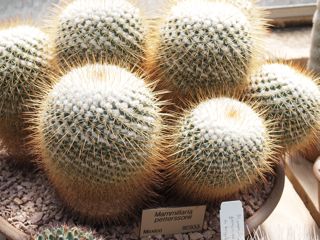
-
|
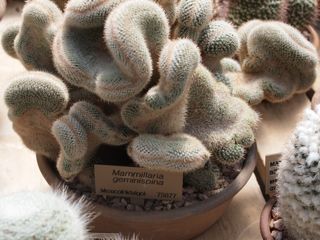
-
| 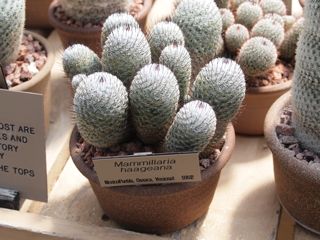
-
| 
-
|

-
| 
-
| 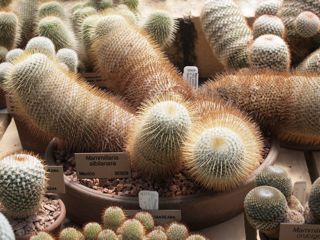
-
|
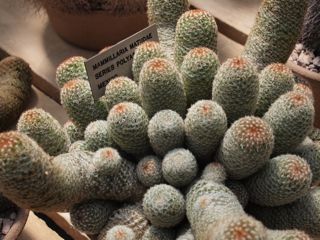
-
| 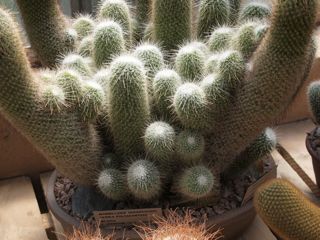
-
| 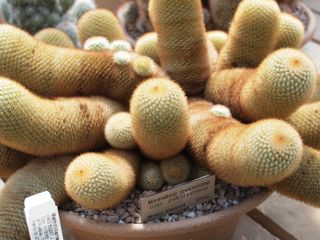
-
|
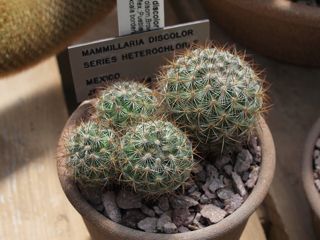
-
| 
-
| 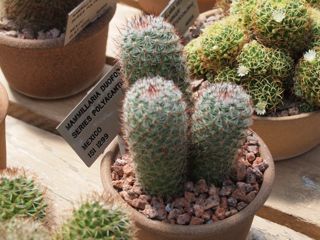
-
|
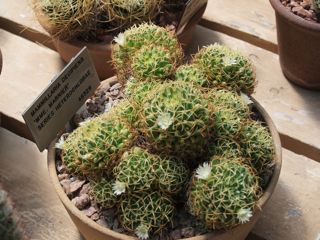
-
| 
-
| 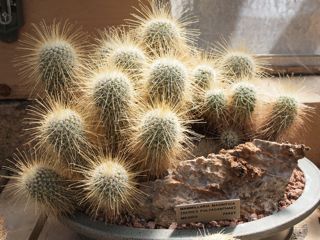
-
|

-
| 
-
| 
-
|

-
| 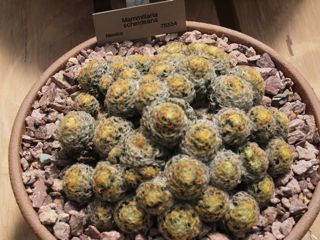
-
| 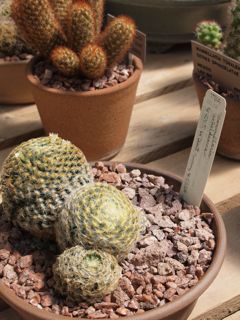
-
|

-
| 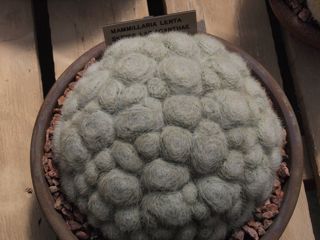
-
| 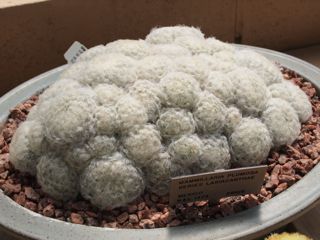
-
|
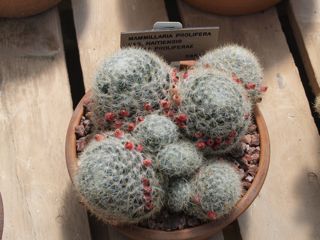
-
| 
-
| 
-
|
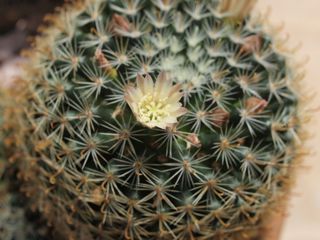
-
| 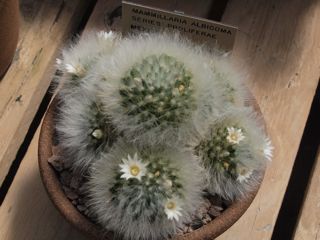
-
| 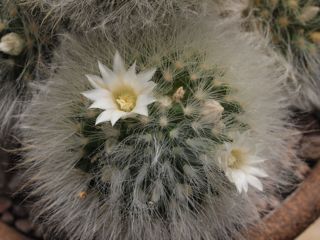
-
|

-
| 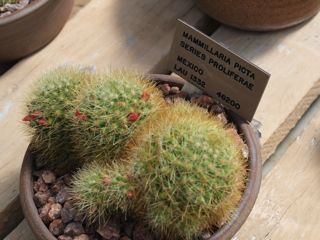
-
| 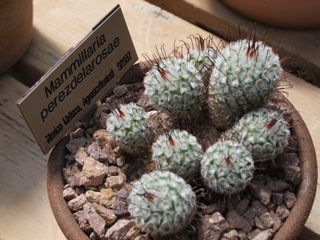
-
|
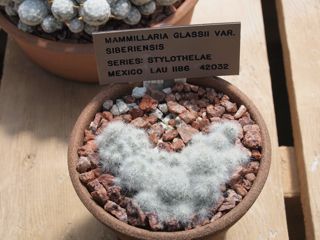
-
| 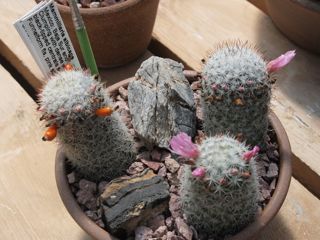
-
| 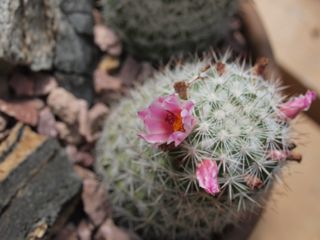
-
|

-
| 
-
| 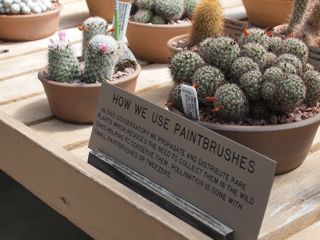
-
|

-
| 
-
| 
-
|
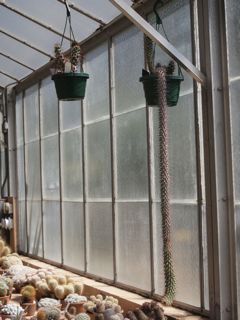
-
| 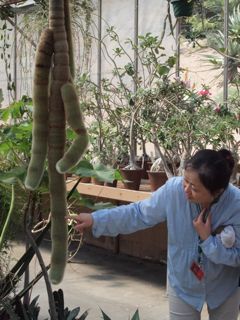
One can age a hanging Mammillaria by counting the rings.
| 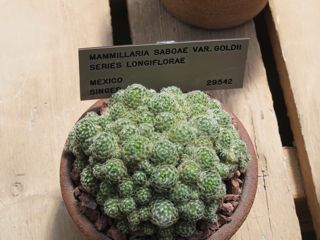
-
|

-
| 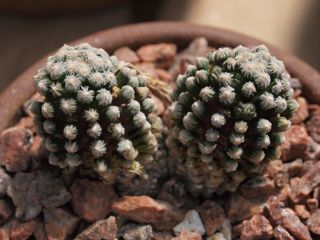
-
| 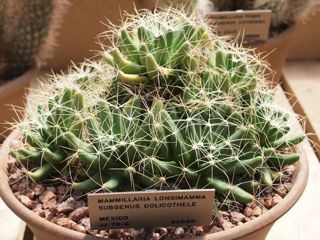
-
|

-
| 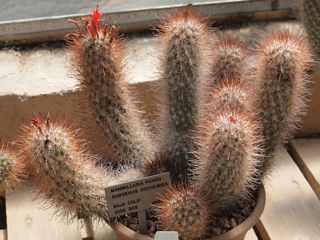
-
| 
-
|

-
| 
-
| 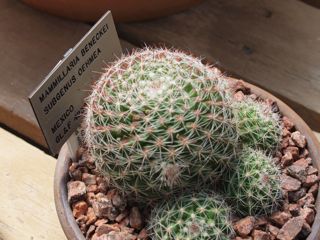
-
|
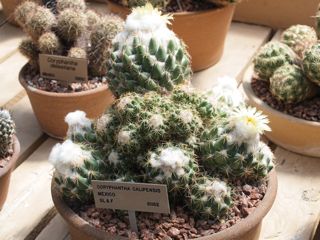
Some other cactus genera too!
| 
-
| 
-
|

-
| 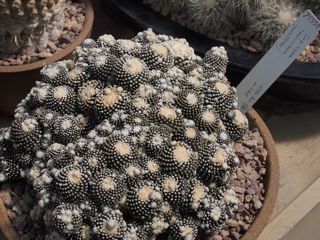
-
| 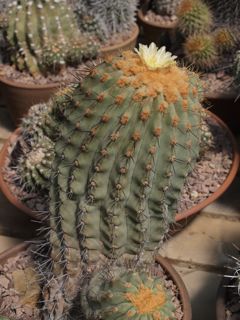
-
|
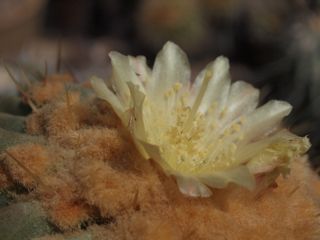
-
| 
-
| 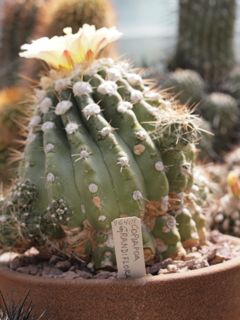
-
|
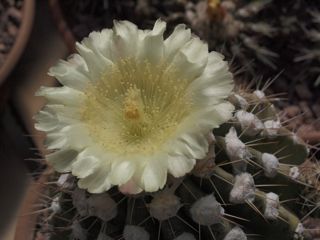
-
| 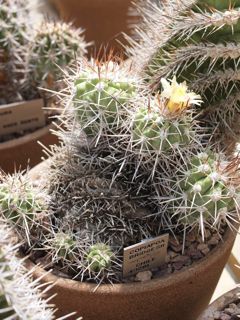
-
| 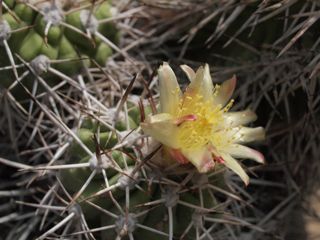
-
|
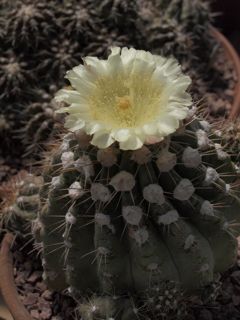
-
| 
-
| 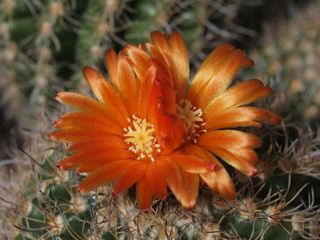
-
|
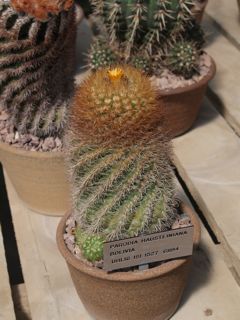
-
| 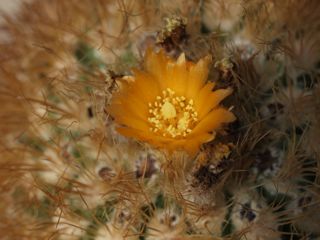
-
| 
Bursera cf. simplicifolia (Burseraceae), also known as bushman candle. The tag says Mexico and it is known from the vicinity of Oaxaca, Mexico, but it also apparently lives in Jamaica.
|

This Browningia pilleifera from Peru was my favorite cactus.
| 
-
| 
old man cactus (Pilosocereus leucoccephalus) from Honduras
|
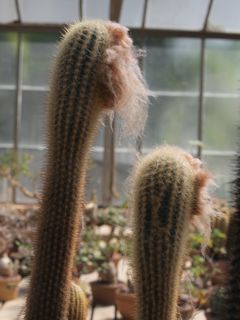
Cephalocereus from Brazil (formerly Micranthocereus ruficeps)
| 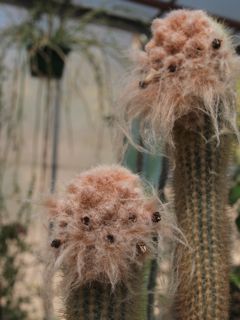
-
| 
-
|

-
| 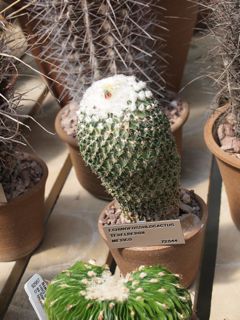
-
| 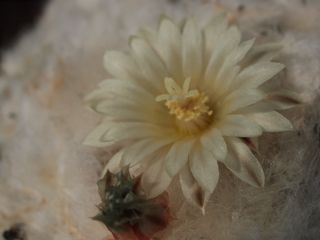
-
|
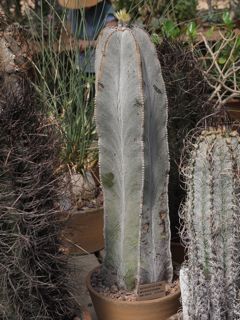
-
| 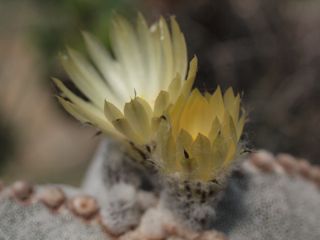
-
| 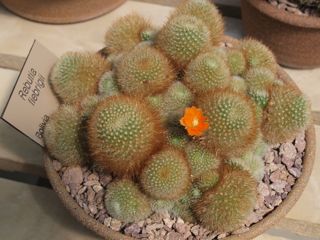
-
|
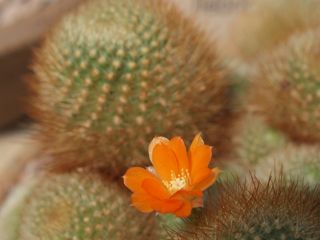
-
| 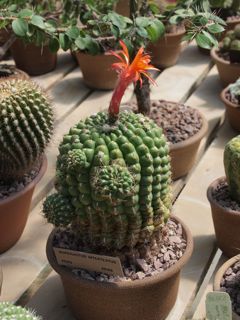
-
| 
-
|
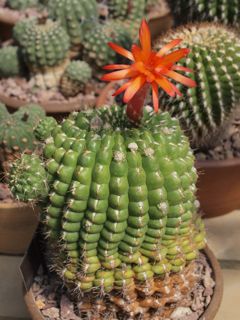
-
| 
-
| 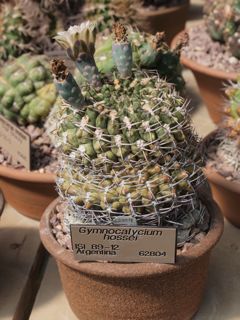
-
|
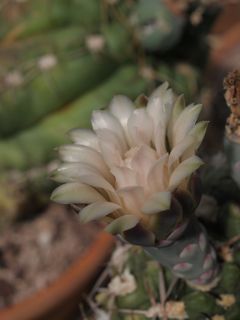
-
| 
Gymnocalycium anisitsii anisitsii (Paraguay)
| 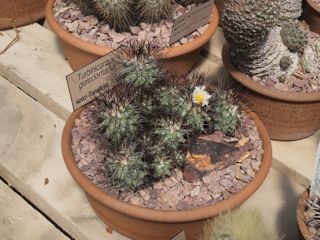
-
|
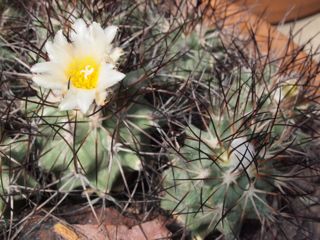
-
| 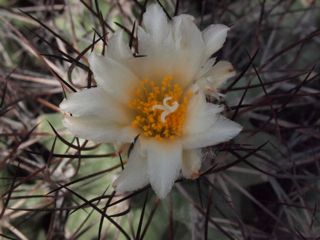
-
| 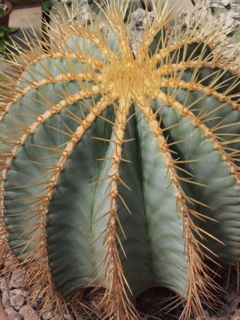
Ferocactus glaucescens
|
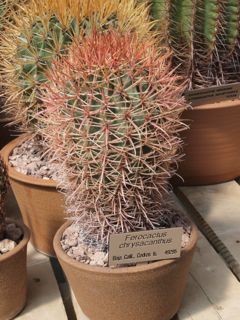
-
| 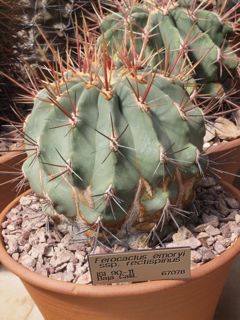
-
| 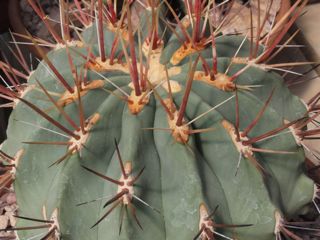
-
|
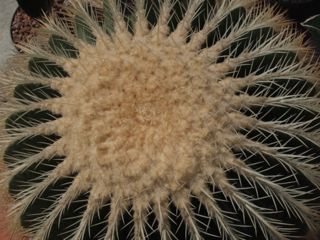
-
| 
-
| 
-
|
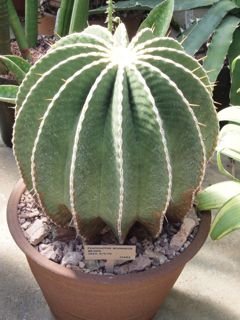
-
| 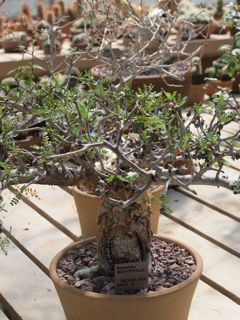
-
| 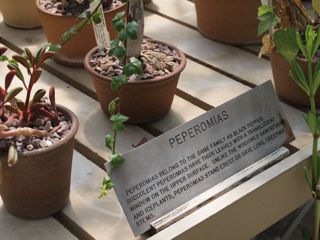
-
|

-
| 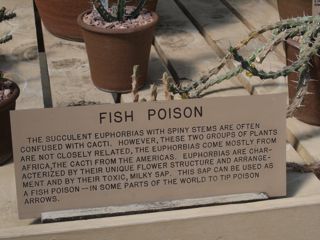
Euphorbias are convergently similar to cacti - they are only distantly related.
| 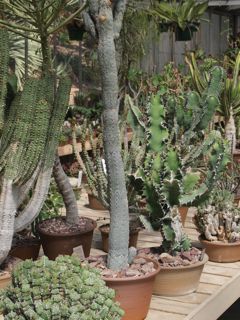
-
|

-
| 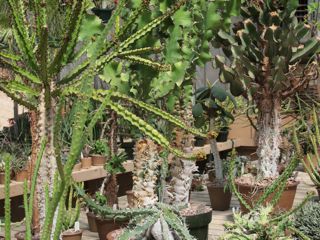
-
| 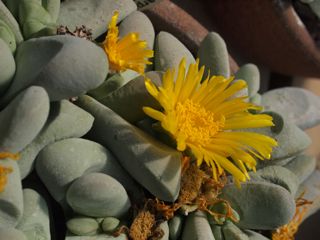
The succulent, tongue leaf plant (Glottiphyllum oligocarpum; Caryophyllales: Aizoaceae) from the East Cape region of South Africa
|

-
| 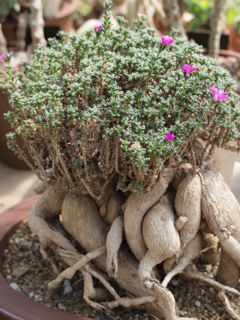
A succulent known as the African bonsai (Trichodioderma bulbosum; Aizoaceae) from South Africa
| 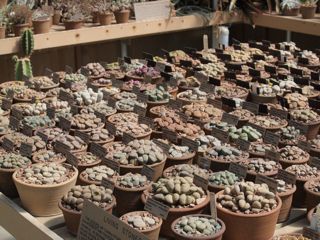
-
|
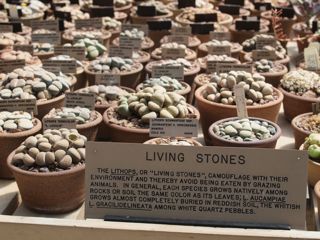
-
| 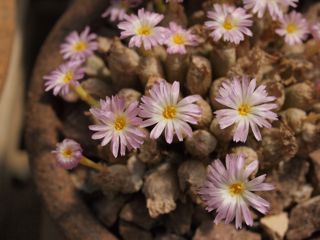
Conophytum ectypum var. ectypum (Aizoaceae) from South Africa
| 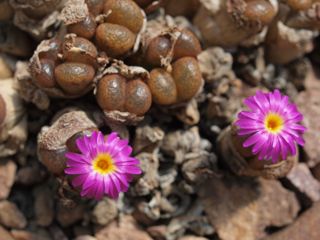
Conophytum lithopsoides ssp. lithopsoides (Aizoaceae) from South Africa
|
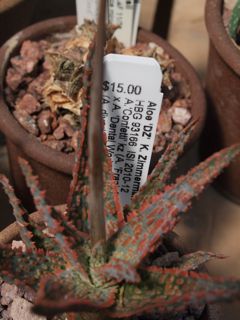
-
| 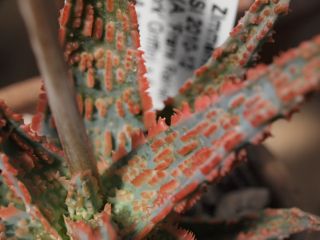
A complex hybrid of varieties of Aloe vera (a monocot in Asparagales: Xanthorrhoeaceae) known as Aloe 'DZ' Karen Zimmerman
- see here
| 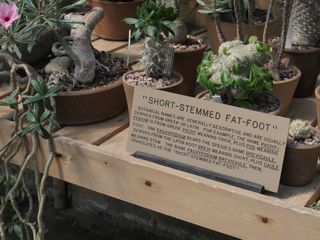
-
|
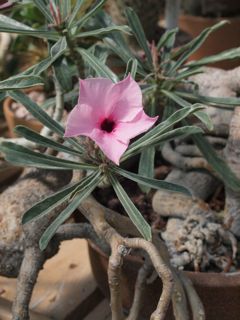
Pachypodium succulentum (Apocynaceae or dogbane family)
| 
This Pachypodium horombense was collected about 83 years ago in Madagascar.
| 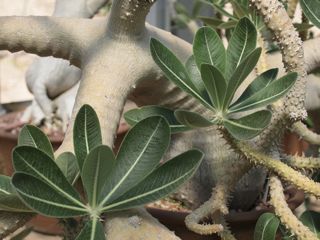
-
|

Adenium abesum (Apocyanceae)
| 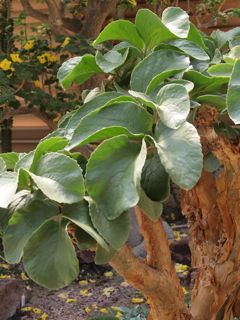
-
| 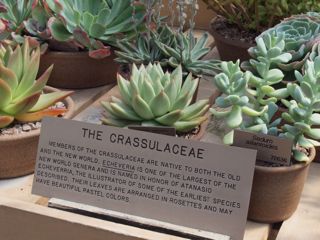
-
|

Echeveria 'Domingo' is a Dick Wright hybrid of Echeveria runyonii and
E. cante.
| 
Echeveria 'Domingo' blossum (Crassulaceae)
| 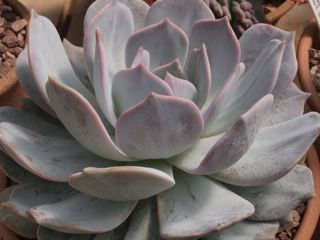
hybrid of Echeveria laui and E. lilacina
|
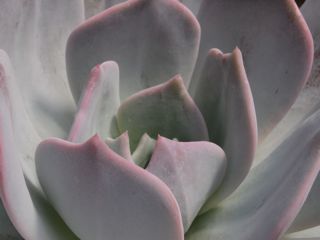
-
| 
Echeveria 'Doris Taylor' or wooly rose
| 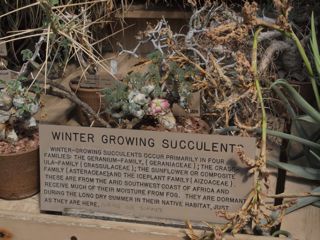
-
|
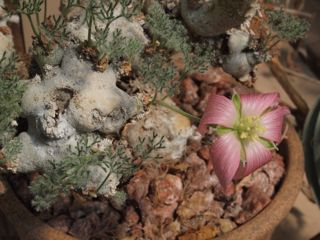
Sarcocaulon peniculinum (Geraniaceae)
| 
Welwithchia mirabilis is a distant relative of cycads and conifers!
| 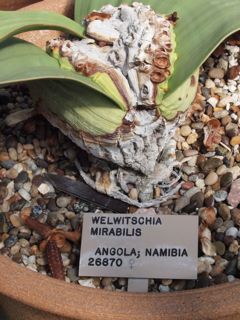
-
|

-
| 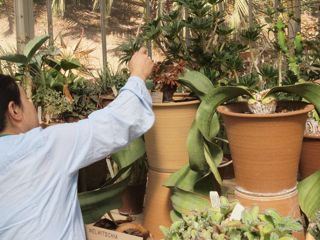
-
| 
-
|
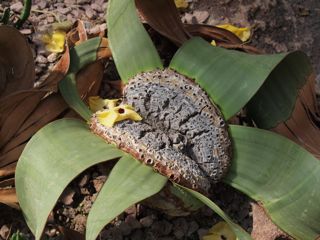
-
| 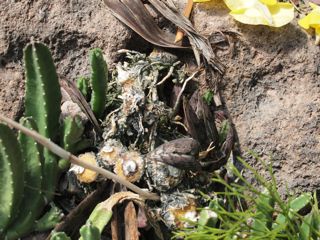
male Welwithchia cones
| 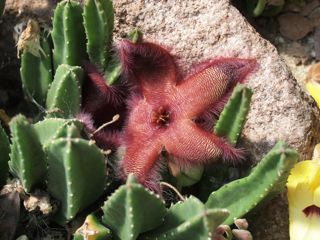
See above for a discussion of starfish flowers.
|
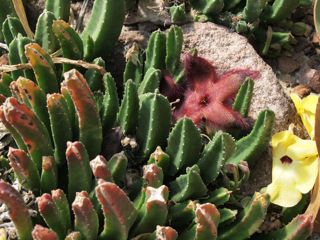
-
| 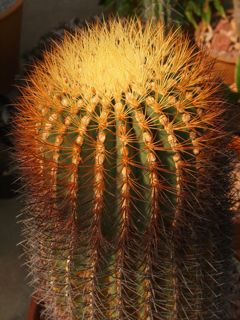
-
| 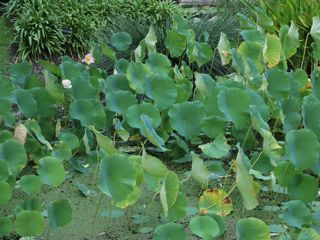
The genus Nelumbo (Nelumbonaceae) are commonly known as lotus.
|
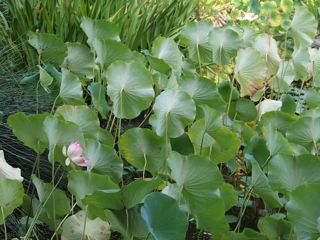
-
| 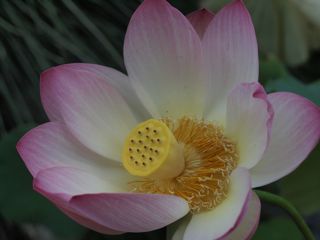
lotus flower
| 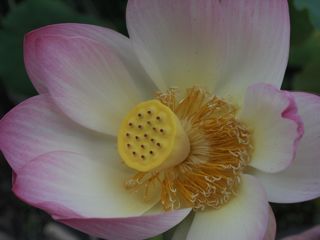
-
|

-
| 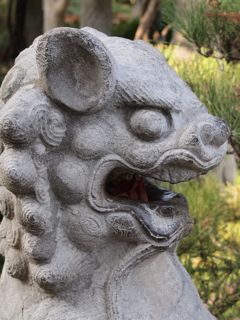
-
| 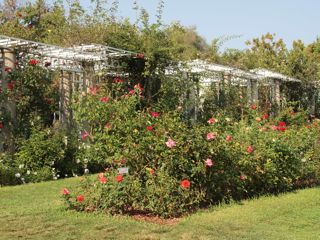
Rose Garden
|

-
| 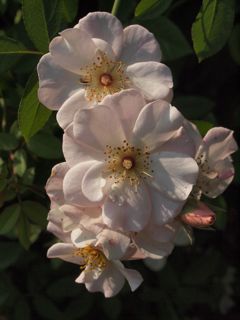
-
| 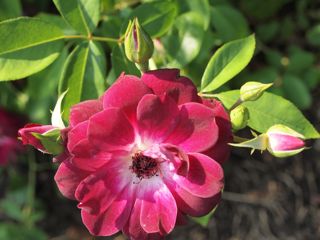
-
|
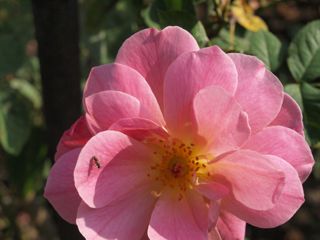
-
| 
-
| 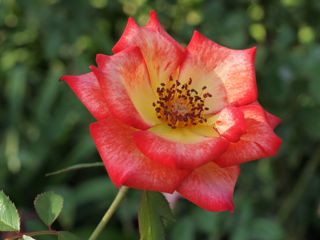
-
|
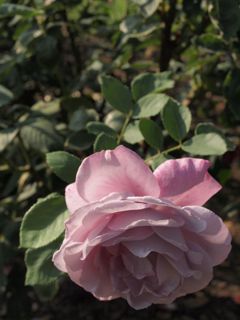
-
| 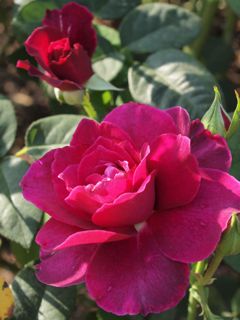
-
| 
-
|
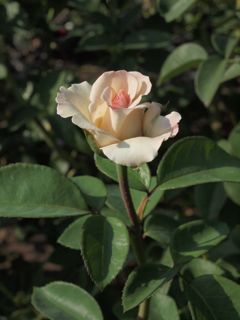
-
| 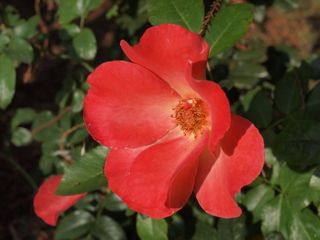
-
| 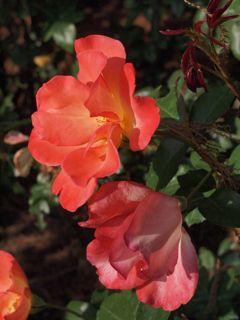
-
|
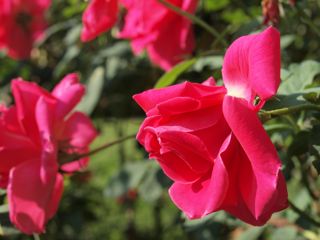
-
| 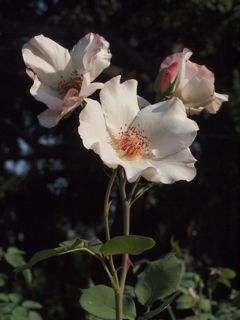
-
| 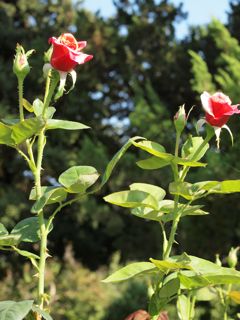
-
|

-
| 
-
| 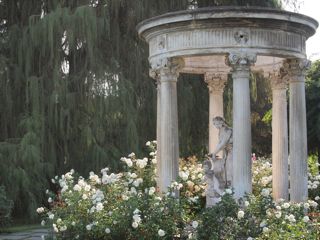
-
|
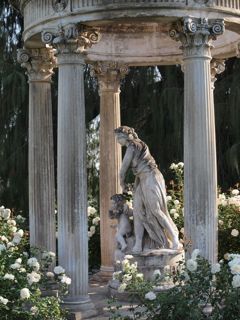
-
| 
-
| 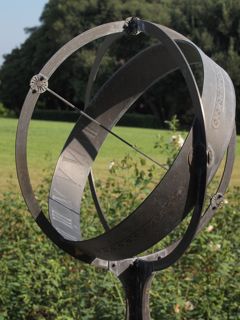
-
|

-
| 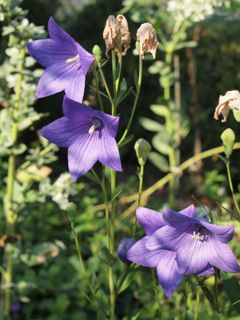
-
| 
-
|
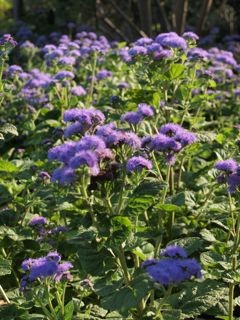
-
| 
-
| 
-
|
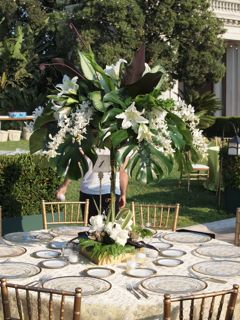
-
| 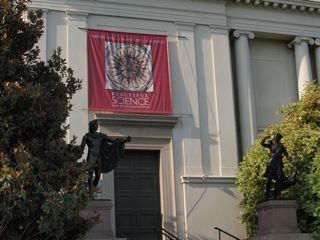
-
| 
I hope that you enjoyed my Saturday visit to the Huntington Gardens.
|
 Under Construction!
Under Construction! Under Construction!
Under Construction!